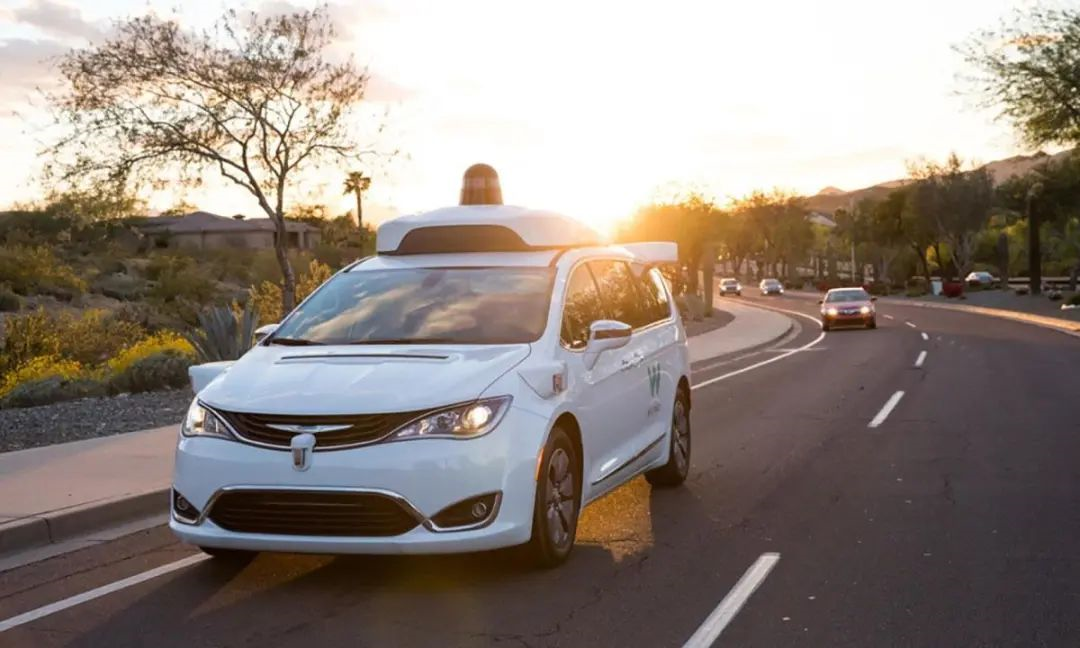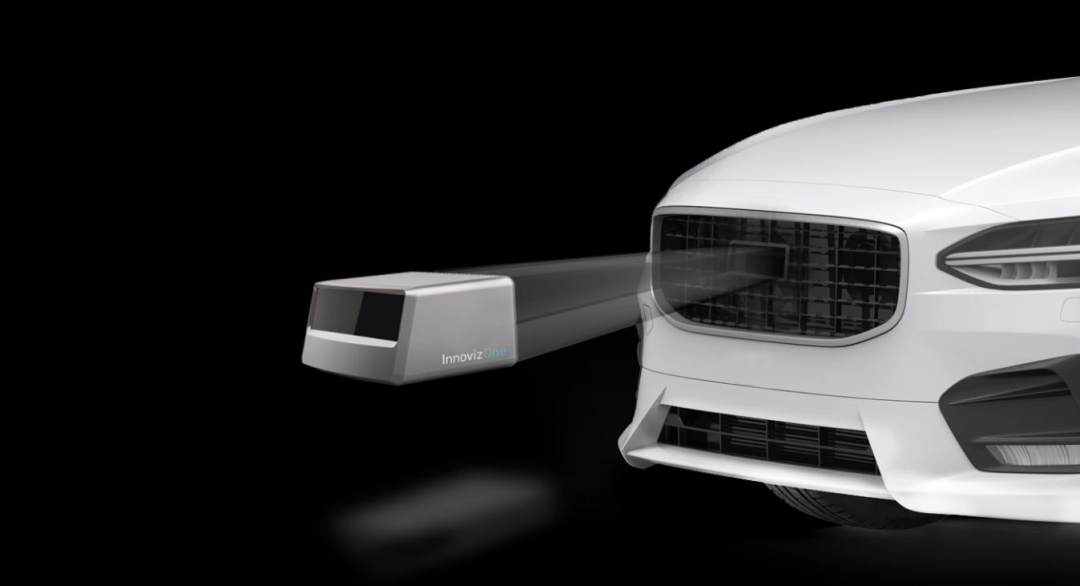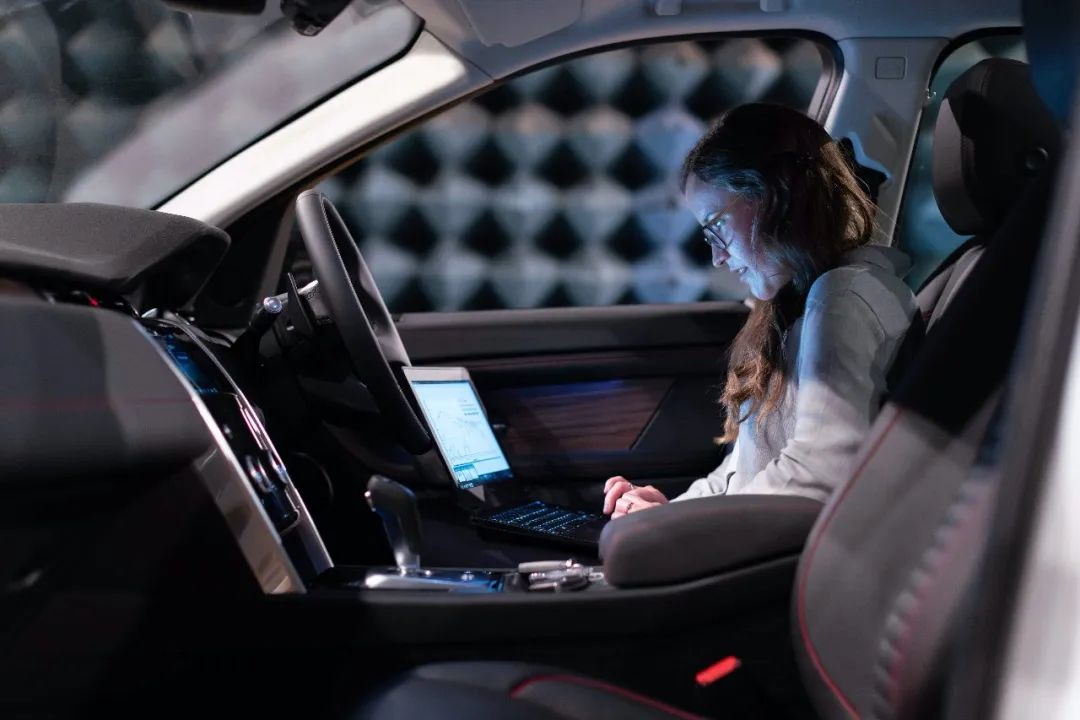Author: Michelin
“Sign the contract at 3 o’clock and leave at 4 o’clock.”
This was the recent experience of Xiaoma Zhixing’s layoffs circulating online. According to the official statement, this was just a business structure adjustment.
Zhang Yang was one of the layoffs this time. As a new graduate who joined the company this year, he chose autonomous driving without hesitation a year ago when faced with offers in two directions, robots and autonomous driving, feeling that “the industry has more prospects.” However, after half a year of employment, he received a layoff notice. However, after a short period of confusion after leaving, Zhang Yang quickly recovered and jumped into the selection of a new job offer.
In contrast, Wang Lei was much luckier. At the beginning of the year, he left a start-up autonomous driving company and joined a laser radar company. According to his former colleagues, the former company has recently begun a series of optimization actions. This departure not only allowed him to avoid this wave of optimization, but also caught up with the large-scale putting into production of laser radar on mass-produced vehicles this year.
In early October, the former unicorns of autonomous driving, Argo AI, announced bankruptcy, becoming the first falling leaf in the deep autumn. When will the cold wave of autonomous driving across the ocean come, and when will the bubble of autonomous driving be punctured, has become the mainstream opinion and speculation recently.
Is the bubble of autonomous driving really going to burst? What are the “autonomous driving people” experiencing beneath the bubble?

Autonomous driving, a game of finding “hosts”
Zhuang Fei, a graduate of the 23rd class, just finished the autumn recruitment period and received three job offers: BYD, a new energy vehicle manufacturer, and a start-up autonomous driving company. After much consideration, he finally chose the first one.
If judged by previous standards, whether from the product, technology, or salary, BYD’s autonomous driving business is not attractive. However, the “Three-Party Destruction” incident of new energy vehicle companies in the first half of this year, as well as rumors of layoffs in autonomous driving companies, still made him more inclined to choose a safe option. “BYD sells so many cars, they won’t be short of money for research and development. And they have so many cars, they can provide a lot of algorithm data foundation.”
They say the end of the universe is formation, is the end of autonomous driving vehicle manufacturers?And in addition to those fresh out of college “autonomous driving humans,” many autonomous driving companies treat carmakers as their”hosts.”
It is a generally acknowledged fact that the vast majority of autonomous driving companies that are still holding onto L4 find it difficult to generate self-sustaining funds.
In 2021, the industry’s frenzied growth resulted in $15.3 billion in financing for the autonomous driving field, enabling many teams to expand their staff; however, by the first three quarters of 2022, the financing of the autonomous driving field had only reached $4.3 billion, less than one-third of last year’s figure, with the majority of funding concentrated in categories such as sensors, chips, and integrated solutions for parking and maneuvering that have already began mass production and roll-out. This forces those L4 autonomous driving companies, who rely on financing for their livelihoods, to reduce their workload and cut their team sizes, in order to sustain their operations.
“How much longer can the current cash-flow last?” This is probably the most common question asked recently by the bosses of various autonomous driving companies. No matter if the answer is three, five, or seven years, without finding a new open-source channel, this number is difficult to bring confidence to the industry, investors, and talented personnel.
Therefore, autonomous driving companies that have been charting the L4 frontier for a long time have recently turned to “clinging to car companies.” Pony.ai has collaborated with Bosch to apply its autonomous driving solution to L2+ mass-produced cars, taking a curve-saving approach; Baidu has already started doing business with suppliers and its own brand Jidu Auto is already in use; and recently, Pony.ai, Cognomotiv, and QZ Tech have all started to promote L2+ projects.
However, the days of “clinging to car companies’ thighs” are not as easy as they might seem. Although it is said that the reduction from L4 to L2+ is a technical low blow, it is actually a chasm to cross from demonstration to engineering implementation, from small-scale testing to large-scale production. From this perspective, autonomous driving companies attempting to cling to car companies have lost not only their initiative in selecting partners, but also engineering experience in large-scale production.Currently, Momenta and Holo, which have cooperated with auto manufacturers, are dominated by the manufacturers. However, Yikatong, who had “embraced the thighs of auto manufacturers” earlier, proved that it’s not easy to rely on big trees to find shelter. At the end of September, there were rumors of layoffs at Yikatong, but the official response was a restructuring of its business. Just two months before the restructuring, Yikatong had just announced its cooperation with Luminar and ADM. For Yikatong, which is preparing for IPO, it may be a better choice to cut down on its business team size that is difficult to generate revenue, and use a lighter approach to deal with autonomous driving business and the upcoming IPO.
For those autonomous driving companies struggling to find a “host”, the winter has indeed arrived and has been here for some time. However, for those in the autonomous driving industry, it is not yet time to feel the cold.
As many autonomous driving companies turn to auto manufacturers, manufacturers themselves are also expanding their teams. According to persons responsible for recruiting in the autonomous driving field, many host factories have increased their demand for intelligent driving this autumn, with some increasing it by 30% to 40%. Social recruitment has also entered the “talent war”. In such a cold winter for the entire industry, many new forces have offered a 50% pay raise to candidates with less than one year of experience in order to attract “autonomous driving talents”. As mentioned at the beginning of the article, the employees of Xiaoma who left soon saw a headhunter’s circle of friends saying “welcome the sad Xiaoma people” on their phones.
Compared with cooperation with autonomous driving companies, for host factories that have the strength and ambition, it seems that they are more willing to retain control. Of course, whether host factories can achieve the desired results after this round of intelligent driving team expansion, or whether they will undergo another round of contraction after expansion, can only be left to time.
Once every three years, who will be washed away in this round of industry shuffling?## “Has the bubble of autonomous driving burst?”
“Not really, it’s just a reshuffling of the industry.”
The autonomous driving industry has always been turbulent. The last downturn was in 2019, when Zhang Weiping just entered the field of Robotaxi. It was the hot field back then and Waymo in the United States was the industry benchmark at that time.

In 2019, after a year of hype, financing and large-scale expansion, the entire industry faced the reality of high hardware costs, difficult scenarios, and the inability to find a commercial landing point. In addition, the global automotive industry was hit by a wave of layoffs in 2019, with one out of every three automakers around the world cutting jobs. After considering several major issues, the focus shifted to Robotaxi and unmanned delivery, where two solutions of technology and commercialization could be found.
“When the cost of LiDAR comes down, the scale of Robotaxi will go up, and success is not far away,” Zhang Weiping once thought.

In 2022, LiDAR has been widely used in mass-produced vehicles, and the cost has dropped from hundreds of thousands of yuan per piece to the level of thousands of yuan. The cost of a Robotaxi has also dropped from millions of yuan to 250,000 yuan for Apllo RT6. Even licenses for operation have begun to be issued domestically, but Robotaxi did not wait for its spring.
The reduction in hardware cost did not benefit the autonomous driving companies who were hoping for a reduction in hardware prices, but rather the LiDAR companies. In September, Hesai became the world’s first vehicle-mounted LiDAR company with monthly delivery volume exceeding 10,000 units. In this year’s relatively small financing in the autonomous driving industry, sensors, chips, and other related components have taken up almost half of the market.
 Recently, Zhang Weiping has switched to Robotruck. On the same day that Xiao Ma started layoffs, Xiao Ma Zhixing announced the launch of the first batch of intelligent heavy trucks in cooperation with Sany Heavy Duty Truck. The first batch of 30 trucks have been delivered, and 500 trucks will be delivered in the next three years. From Robotaxi to Robotruck, there are also similar operations scenarios such as sweepers, patrol cars, and self-driving buses, which seem to have narrowed the difficulty of landing, but the logic of commercialization remains unchanged.
Recently, Zhang Weiping has switched to Robotruck. On the same day that Xiao Ma started layoffs, Xiao Ma Zhixing announced the launch of the first batch of intelligent heavy trucks in cooperation with Sany Heavy Duty Truck. The first batch of 30 trucks have been delivered, and 500 trucks will be delivered in the next three years. From Robotaxi to Robotruck, there are also similar operations scenarios such as sweepers, patrol cars, and self-driving buses, which seem to have narrowed the difficulty of landing, but the logic of commercialization remains unchanged.
In the industry reshuffle three years ago, the top ten pre-financing star companies included Argo AI, Cruise, Nuro, Auto X, TuSimple, as well as suppliers such as Horizon Robotics, Luminar, and Innoviz. Some of them have fallen, some are struggling, and some are thriving.
The final outcome of the industry’s triennial reshuffle is unknown. However, companies that are still in the demo stage in 2022 seem to be difficult to avoid being eliminated.
Finally, “Do you believe in light?” and “How long do you think it will take for autonomous driving to become a reality?”
In an interview last year, the interviewee told me that “autonomous driving is a topic that the whole human race can play with for another fifty years.”
I asked every person mentioned above this question and received different answers:
“I think it will take about five years.”
“If Level 3 breakthrough is achieved in mass-produced cars, autonomous driving will not be far away.”
“I think it might take even ten years.”
Of course, there are also optimists who said, “perhaps autonomous driving won’t become a reality until I retire. Isn’t that perfect? If it actually happens, what do I care?”
Disclaimer: at the request of the interviewees, Zhang Yang, Wang Lei, Zhuang Fei, and Zhang Weiping are pseudonyms. You are welcomed to share your own stories about autonomous driving.# Markdown 中文文本翻译成英文 Markdown 文本
这里是一个 Markdown 中文文本示例,下面是一个列表:
- 第一项
- 第二项
- 第三项
下面是一张图片:

下面是一段代码:
<div>Hello World!</div>
谢谢!
Translation of Chinese Markdown Text to English Markdown Text
Here is an example of Chinese Markdown text. Below is a list:
- Item 1
- Item 2
- Item 3
Below is an image:

Here is a code block:
<div>Hello World!</div>
Thank you!
This article is a translation by ChatGPT of a Chinese report from 42HOW. If you have any questions about it, please email bd@42how.com.
